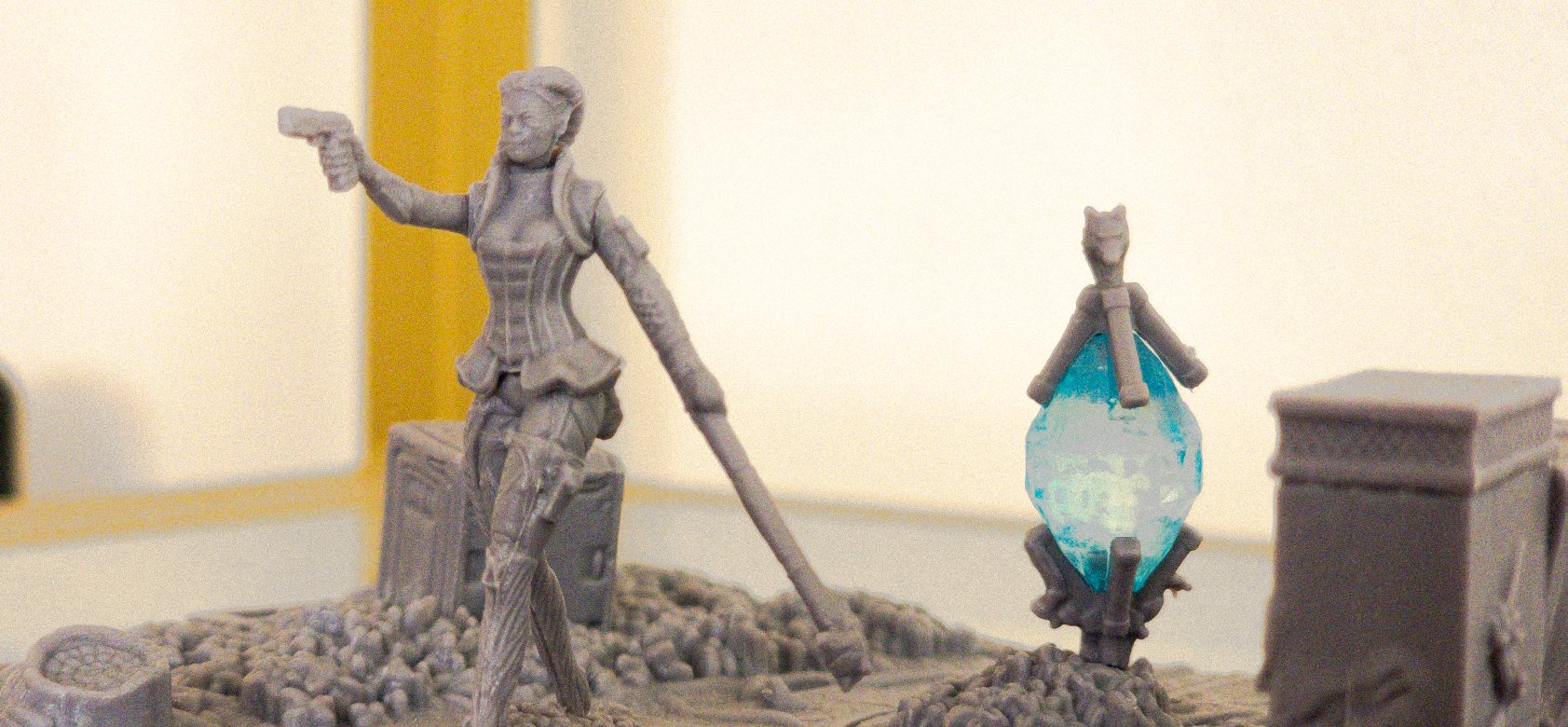Good Game / Bad Game
Chasing Fantasies within Apex Legends The Board Game
The first thing you’ll notice about Apex Legends: The Board Game is that it’s big.
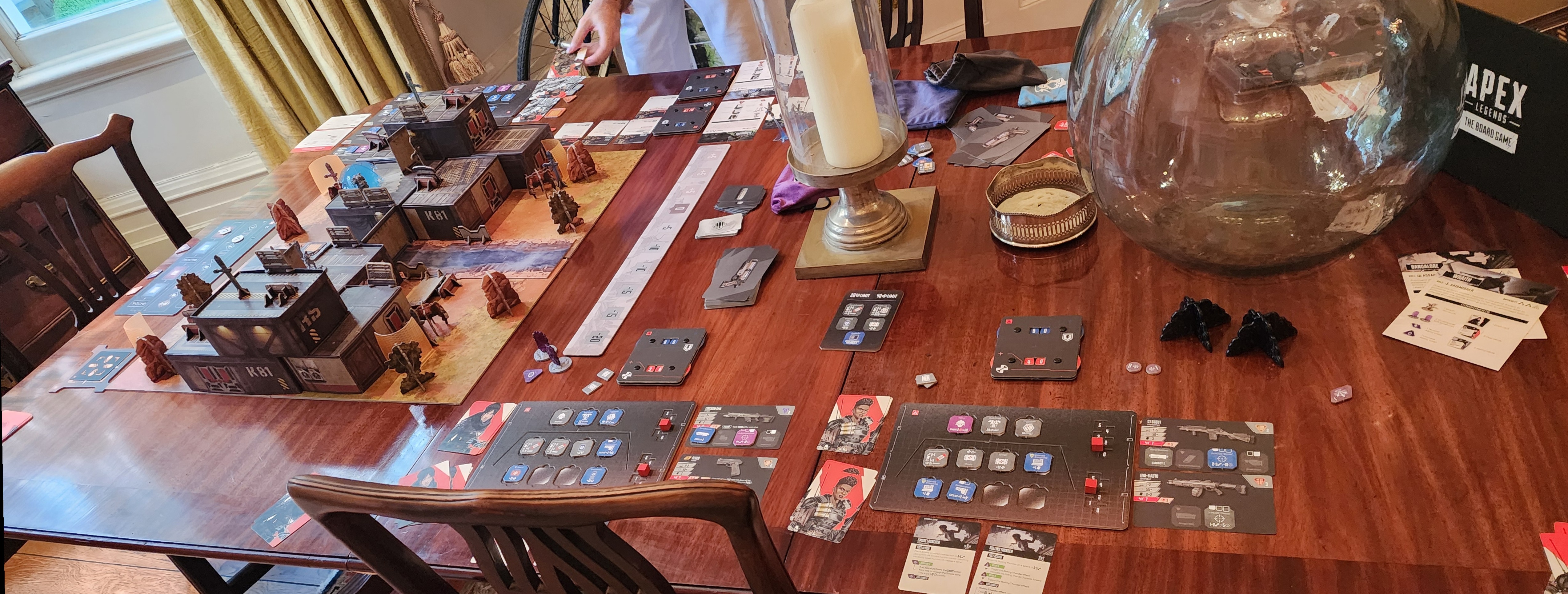
The box alone is ginormous, a 30cm+ by 30cm+ cube, one whose top needs to be shaken off given the sheer amount of friction and pressure generated by its insides. Inside that box lie a multitude of sub-containers, holding hundreds of little tokens, miniatures, cards, and diorama pieces, alongside 2 rule books and a 4 large map pieces comprising a base game board that's 60cm by 60cm in size. On top of that game board will go walls, ziplines, supply boxes, canyons, trees and rocks alongside full ~10cm high buildings, and ~10cm high buildings that go on top of those buildings, with miniatures going on top of them too, stretching the game board’s reach vertically until you have a full on miniature battle field laying out in front of you.
Yet the game’s spatial needs are hardly limited to the game map itself. To the sides of the game board lie the basic fundamental pieces required to play: the round counter (with space for cards underneath), your aim board (with space for cards underneath) + corresponding deck of aim cards, your zone indicator + corresponding deck of zone cards, your weapon cards, your supply box cards, and your 3 bags of available loot of different rarities. And then there are the character specific items, like their character sheet + miniature, tactical and ultimate abilities + miniatures + counters, a deck of available special abilities + your hand of special abilities + a discard pile for used special abilities, alongside a backpack and equipped weapon cards. With the game needing at least 4 characters per play session, times the previous requirements (and the amount of space they occupy) by 4.
The space you need to fully play the game? By my estimation, at least a meter and a half squared, if you’re ok leaving the box and various other game pieces on the floor. The time you need to set the game up, including just basic unpacking, building the battlefield and drawing characters + loot? Likely an hour+, and make sure to give yourself another 45 minutes once the game ends purely for packing it all back up again.
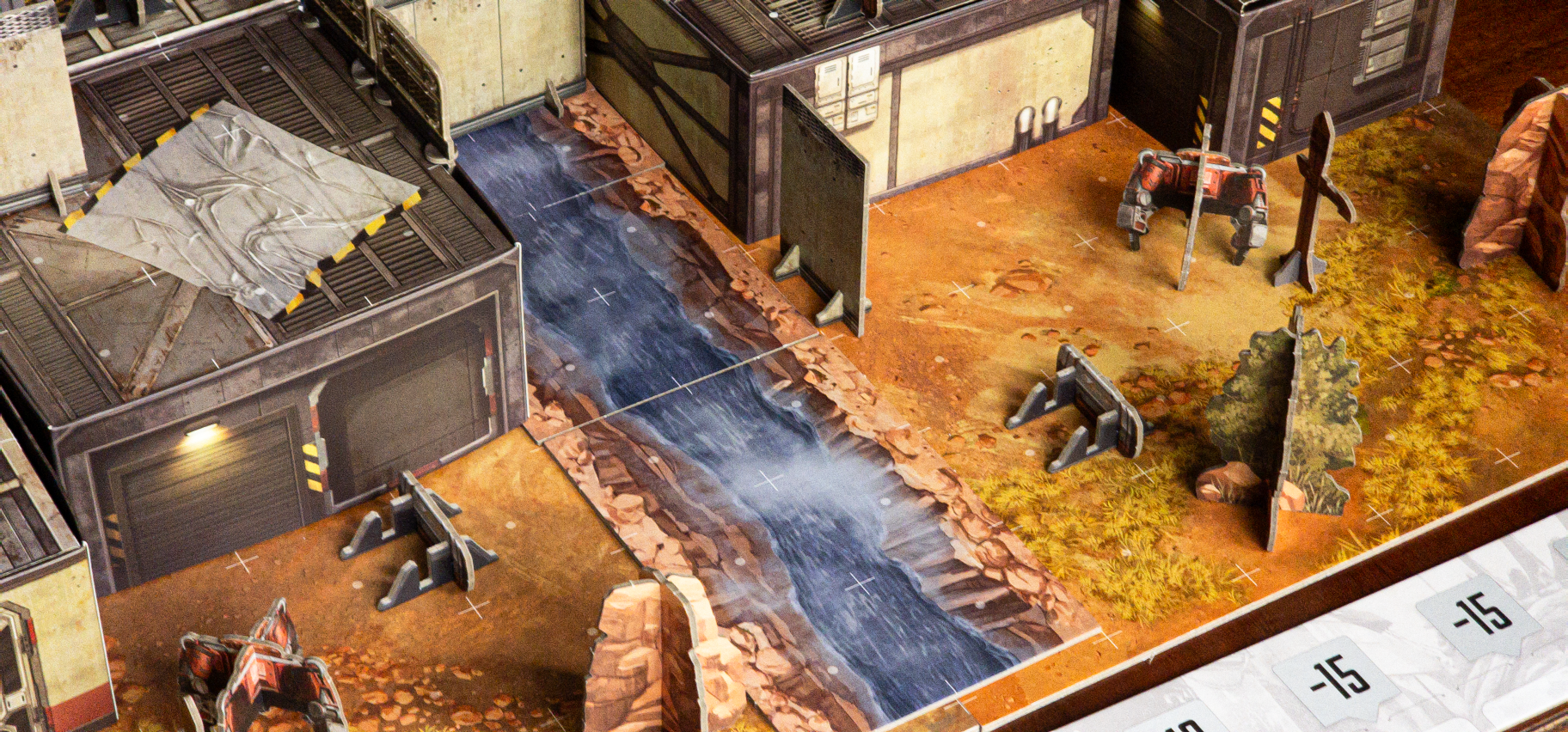
To me, all of the above makes Apex Legends: The Board Game, almost inherently a bad board game. This is apparent in its most base, material attribute, that of accessibility. Not Accessibility in terms of allowing players of all different backgrounds to be able to play it (though it certainly struggles in that sense too), but rather just the sense that it is simply extremely difficult to find the space and time required to play the game. And while I am a proud defender of “unplayable games” (The Tragedy of GJ237b stans rise up), I can’t defend Apex Legends: The Board Game on these grounds because it clearly intends to be played. Yet, this is a game I cannot play in my own flat because I lack a surface large enough to play it on, same with my local board game cafe. In fact, the only surface I could think of that I have access too that would support the playing of the game was my parent’s dining table, which eventually lead me to shove the entire game in an ikea bag (which it still managed to poke out of), head over to my parent's on the tube and play with my brother. Even there, I found that the contents of the game not just spilled across the entire table, but further onto surfaces surrounding the playspace.
As such, if we acknowledge that the material circumstances required to play Apex Legends: The Board Game are so high that the game is functionally unplayable for broad swaths of even the board game enthusiast population, we must ask of it "why? Does the game truly require all this stuff, at this scale?" The answer is of-course no, for board games, even those about combat, exist on far smaller scales than this and are both functional and fun. So then as a follow-up we ask "Does the stuff, at this scale, make the game considerably more enjoyable than those other games?”. That’s a more complex, individualized question, but I’d also err on the side of no: The sheer amount of stuff, both material and systemic, makes even basic actions slow and complex to execute, with the results being interesting or useful around as often as they are unnecessary and obnoxious. Yet, if we ask a third question, one that really just stares us in the face when we look at the title: “Apex Legends: The Board Game”, “Does the game require all this stuff, at this scale, to fulfil the fantasy of playing a board game version of Apex Legends?” Well, then the answer to that question is yes. And that is difficult to contend with.
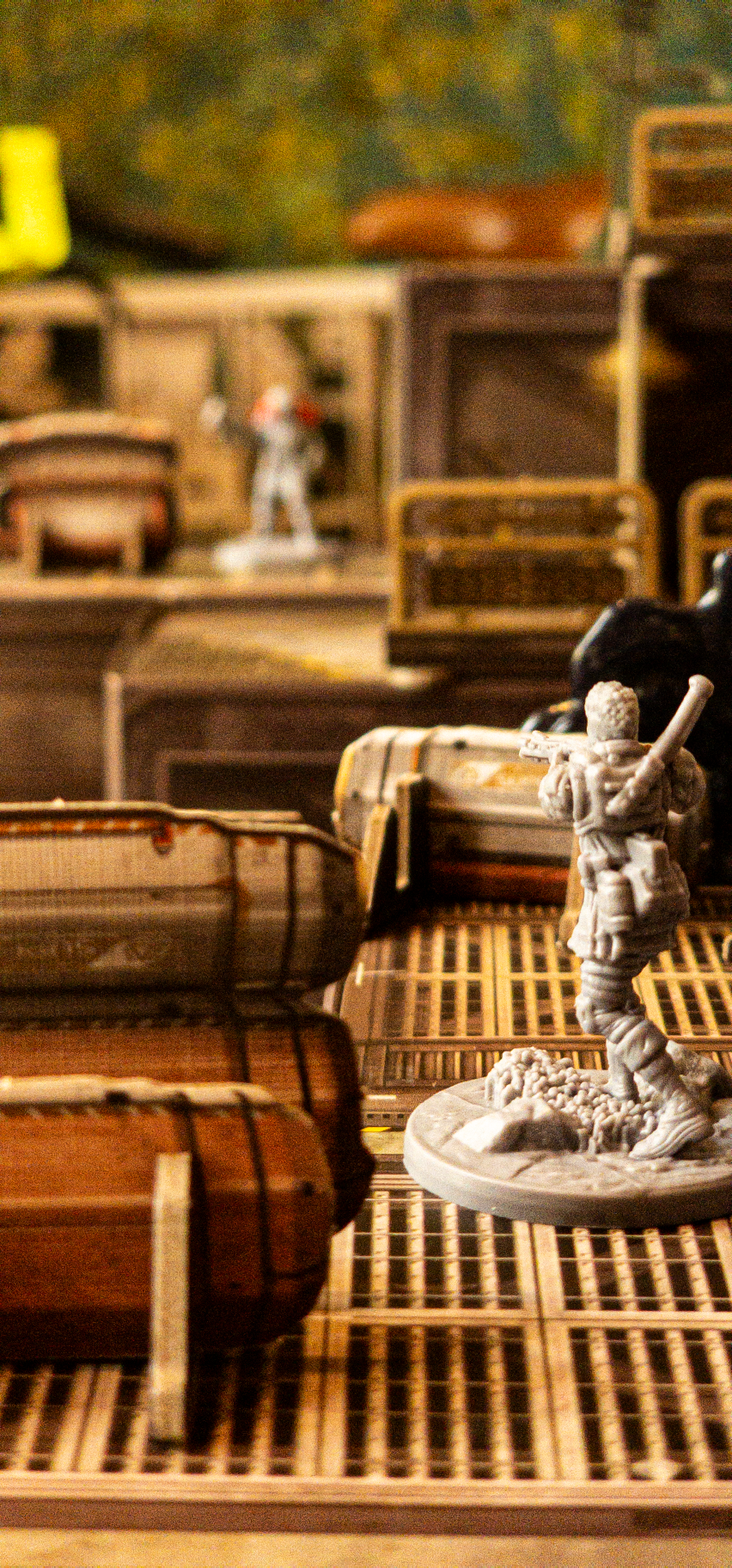
I am not intimately familiar with board game adaptations of video games, and so forgive me as I at least partially retread the steps of a major, pre-existing discourse on board game design. That said, I am at least aware that at least part of the appeal of these games is related to the aforementioned stuff and scale. I backed Apex Legends: The Board Game's crowdfunding campaign, knowing it'd be years before the game actually got into my hands, in major part because it was a board game adaptation of one of my favourite games, Apex Legends, and because the prospect of seeing recognizable locations and characters recreated in card and plastic was inherently appealing. The developers leaned into this aspect, not just investing heavily into producing a mass of high quality art assets, but even allowing players to purchase special diorama sets for the legend miniatures to stand on, completely useless in the actual play of the game, but great if your primary reasoning for purchasing the game was for miniature painting and display. In some sense, this returns to that notion of the “Unplayable game”, though not of the type I like to consider and enjoy.
For a certain type of consumer, the game is not made unplayable by material circumstances but rather by choice: While they may want to know the game is playable, they do not mind if the game is never actually played. For this kind of consumer, it may simply be enough to display the game proudly on a shelf, perhaps even with a few of its game pieces dotted around their home or office. The game is, on some level, designed to serve as an object of discussion and adoration, rather than, or at least alongside, functioning as an object of play.
I am also aware that while I would argue that the stuff and scale of Apex Legends: The Board Game does not make the game inherently more fun, this also wades deep into one's opinions re: Eurogames vs Ameritrash. This dichotomy (needlessly nationalized, especially as the urr Eurogame is Go, a game of Chinese origins, and also needlessly hierarchized, as Ameritrash implies they are inherently inferior to Eurogames, which is not true) represents two different pathways for board game design: The Eurogame is minimalist, elegant, self-justifying, using as few game pieces, rules and aesthetic touches to focus players entirely on the game's play. Amerishtrash, meanwhile, is maximalist, highly aesthetically and materially oriented, focused on having a bunch of different bits to move around or tick up or roll or pull or play, and of figurines and display pieces and high artistic and narrative investment. In other words, while Eurogames focuses on the emergent qualities of play, Ameritrash is game design that seeks to surround, even engulf play, in the fun of stuff. In this sense, more stuff, and greater scale, does directly correlate to greater value and enjoyment.
If we were to quantify Apex Legends: The Board Game on this spectrum, it clearly lands far closer to Ameritrash than Eurogame. This is due in part to its sheer physical presence on the table, but also its multiple overlapping and interconnected systems, and because of its high commitment to artistry and aesthetic flourishes. These all come together to contribute to and build up the game’s central fantasy, which is on record as an incredibly specific fantasy, which is that that playing Apex Legends: The Board Game should feel like the final minutes of a late 2022 - early 2023 era match of the battle royale mode of Apex Legends: The Video Game, featuring two squads do their final looting, shooting and ability using as the ring closes around them. And if we judge the game by this metric, on how successfully it executes on its fantasy, we find it to not just be incredibly successful, but also be very fun.
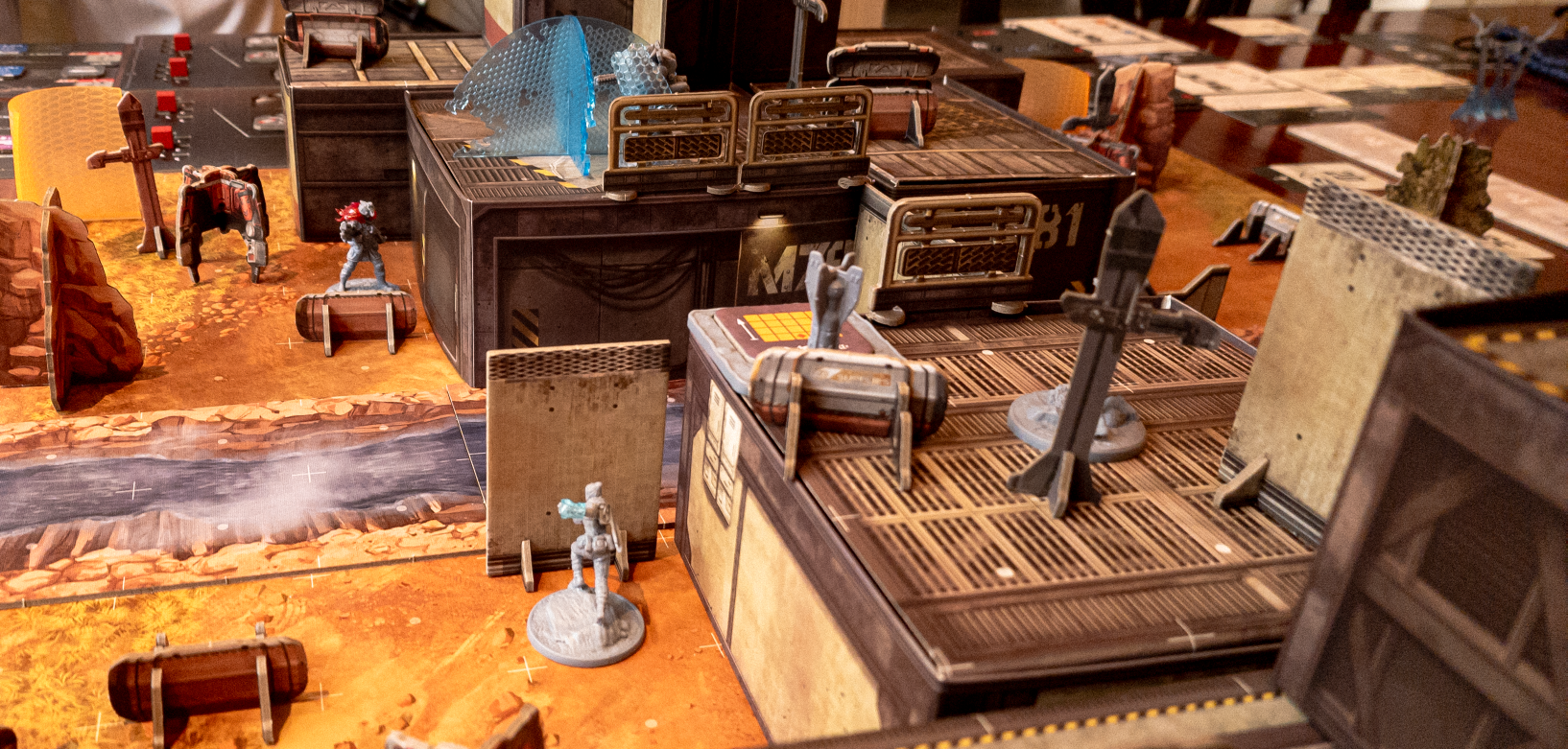
The play session that me and my brother played began with our two squads taking sniper shots at each other from either side of a dam, with us separated by a near impassible canyon, save a few ziplines that went over it. We dove for small bits of cover wherever we could as the ring slowly closed, with my brother gaining the upper hand in these opening bouts. But soon the ring engulfed the building he was occupying, forcing him to move from his position and zipline over to my side of the dam. This second phase resulted in intense close quarters combat, with special abilities firing off every round as we desperately fended each other off. The final bout had my brother send his Bloodhound back across the canyon, outside the ring, so they could snipe me from a distance while his Gibraltar clung to life up close. While I had a couple good shots towards the end, my Wraith died first and Bloodhound died soon after. The game ended with my brother having won handily. But if I’m honest, he largely won the bout right at the start.
In the opening round, a sniper shot from Bloodhound took half my Wraith’s health out, and I didn't have the right gear to heal her back to full immediately. Thus, my ability to maneuver and fire back was delayed as I tried to get her back on her feet, which in turn meant my brother was able to move to better positioning, loot better gear and fire off more shots. For everything I tried, and for every other event or bit of bad or good luck the game threw up, nothing was able to swing the momentum of the encounter back in my favour.
What's notable is that, as a game designer, the fact that the game can be fully swung against me so immediately is incredibly problematic. While I don't doubt there was likely some set of moves I could have done to swing the match back in my direction, I still ended up spending essentially the entirety of a 2+ hour play session assuming I had lost from the word go and was ultimately proven right. In most scenarios, that's just not a desirable feeling for a player to have.
And yet, as an Apex Legends: The Video game player, I found the scenario incredibly gratifying, because that is indeed how some encounters in Apex Legends can go! While I would say that Apex can be surprisingly forgiving in letting you recover and reset an encounter, more so than many other Battle Royales, this was a situation where a team managed to land a big early hit early in an encounter and keep up pressure on their opponent throughout the rest of the encounter. If the team they were opposing had no easy cover to hide behind, nor the items required to fully reset their situation, nor any ability to try and escape the encounter entirely, well, then of course they lost. That's just how Apex Legends works. Why would I expect, or want, anything else?
From this perspective, of approaching the game as a sort of simulacrum of Apex Legends: The Video Game, I undeniably enjoyed it. The cadence of the match, the strategies we employed, the ways in which the scenario played out, flexible and fated, all matched up to my experience of Apex Legends: The Video Game. And as someone who enjoys that game, and in particular the particular era of the game they are attempting to emulate, and found that emulation to be essentially successful, then I am unable to deny that I had a ton of fun playing Apex Legends: The Board Game, even as I reckon with the myriad ways I didn't enjoy playing Apex Legends: The Board Game.
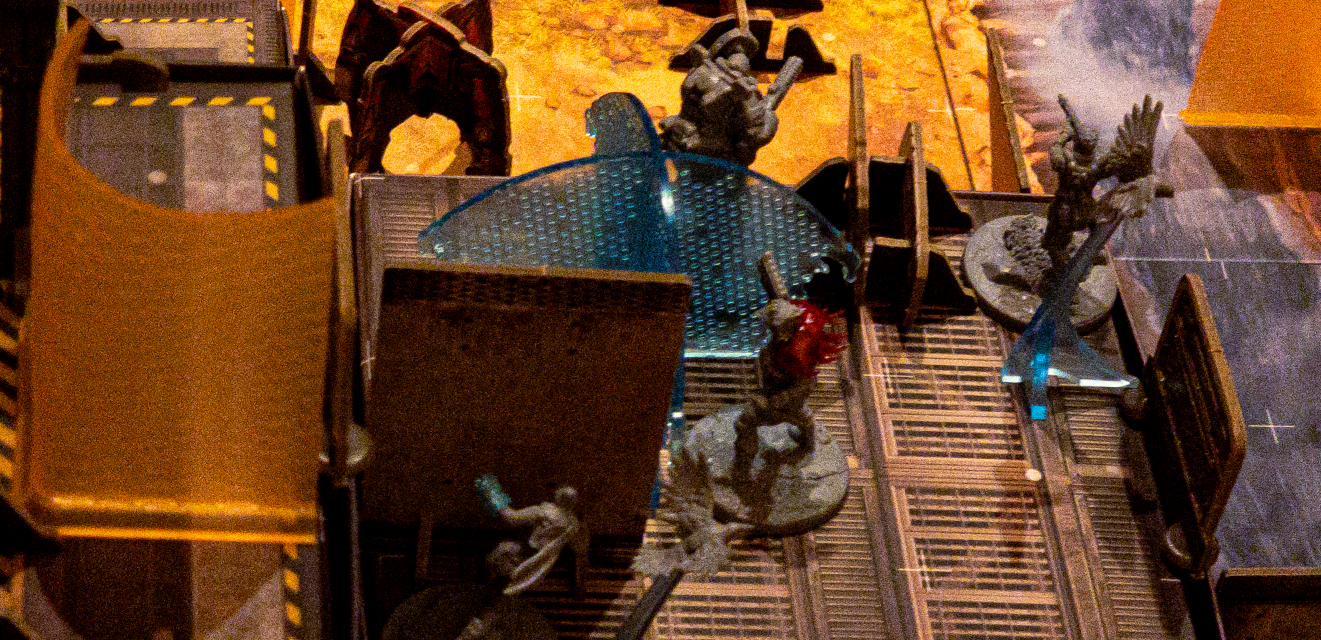
It’s important to credit the artistic strengths of Apex Legends: The Board Game. It truly cannot be understated how important it was that our match looked the part, not just that the major elements like buildings and characters to small details like fences or ziplines are show dedicated study to the original assets and incredibly work in recreated in material form, but also that elements like buildings, cover and character abilities dome physically occupy the space in a meaningful and appropriate way. The result is a real sense that one is looking into the world of Apex Legends, the graphical "simplifications" required by the material nature of the Board Game also giving it the aesthetic of a tactical map or low-fidelity hologram. The rulebook dedicated 4 whole pages to how to deduce whether a given character can see another, or what elements of cover might sit in-between the two, but I tell you that 90% of the time we were able to resolve this on our own by simply crouching down and looking at the world through the shooter’s eyes.
Yet… those 4 pages of Line of Sights rules, themselves inside of an 8 page explanation of the shoot action, which adds up to be a full 10 step, multi-phase process. Beyond just line of sight, the shoot action requires the player to do significant amounts of math to determine a gun’s “To-Hit Difficulty” (a confusing name) which depends on the gun’s ideal range, attachments, and different varieties of cover and abilities that might be either on or between the two characters. And again, while this is not inherently bad game design, players are doing the shoot action constantly, given it's a game about shooting, and going through these steps is cumbersome every time, not least of which because you are required to reshuffle a full deck of cards every time. I can’t deny that shooting in Apex Legends is a complicated problem, and that even if in the experience of play it can feel as simple as pulling the trigger on a controller, it is also one that incorporates every bit of complexity that is outlined above. And yet, for all these justifications I can make in terms of whether Apex Legends: The Board Game meaningfully fulfills or accounts for it's central fantasy of emulating a video game, I still struggle with that simple, base reality: I am playing a board game, and in that context, why is any of this like any of this?
While I hope to have captured some of the complexity of Apex Legends: The Board Game, I find it impossible to fully explain just how truly overwhelming this game is. To give just a small amount of further insight on this topic: Each legend has two central abilities, displayed on cards, that recharge a certain number of turns after use. But they also have an entirely separate stack of abilities, which are also displayed on cards, that are used once and then discarded, which are pulled into a hand slowly over the course of the game. When you pick up loot, sometimes it directly Loot sometimes slots into specific slots on your character, or onto guns, and other times goes into your backpack to be used or attached separately, and there are very specific, but confusing rules on how that all works, even as I was unable to find the rules that specified how you exchanged items between allied legends. There are ofcourse dozens of gun cards, not just detailing the specifics of what gun they are and what base stats they have, but variants, with different starting ammo, attachments, passives and special abilities. And there are also ofcourse multiple grenade types, which utilize their own, bespoke throwing mechanics to determine how "accurate" your throw was. And trust me when I tell you there is more. More gamemodes, more maps, more modifiers that add adtional complexity to the game. I cannot tell you if this game is strategically deep for the sheer fact that I cannot see it's bottom. It's a 30cmx30cmx30cm box hiding within it a bottomless pit.
This utter, almost depraved complexity that the game offers requires an almost equally dedicated depravity from it's players, to not just understand and execute on the full ruleset but to appreciate and engage with the full range of tactical options a player may have at any given time. And during play, while my brother and I did our best to play this behemoth of a board game, I came to an uncomfortable realization: My brother and I were only able to play Apex Legends: The Board Game, let alone enjoy it, because we have a deep familiarity with Apex Legends: The Video Game. Our understandings of the possibility space offered of the board game, of the nuances mobility and positioning, of shooting and grenade throwing, of item and ability usage, stemmed entirely from our ability to think through the scenario via the lens of the video game. Without this prior context, and our ability to insert our knowledge of that game's play into this game's play, we would have absolutely lost. And not just lost on what we should do in any given scenario, nor even simply what we could do, but far importantly, on the why of doing any of it at all? Why should I cross the canyon vs staying? Why would I use any one of these legends over any other? Why is shooting a gun so complex? Why is this game so big? Why did they make it so complex, so overflowing with stuff,and at such scale?
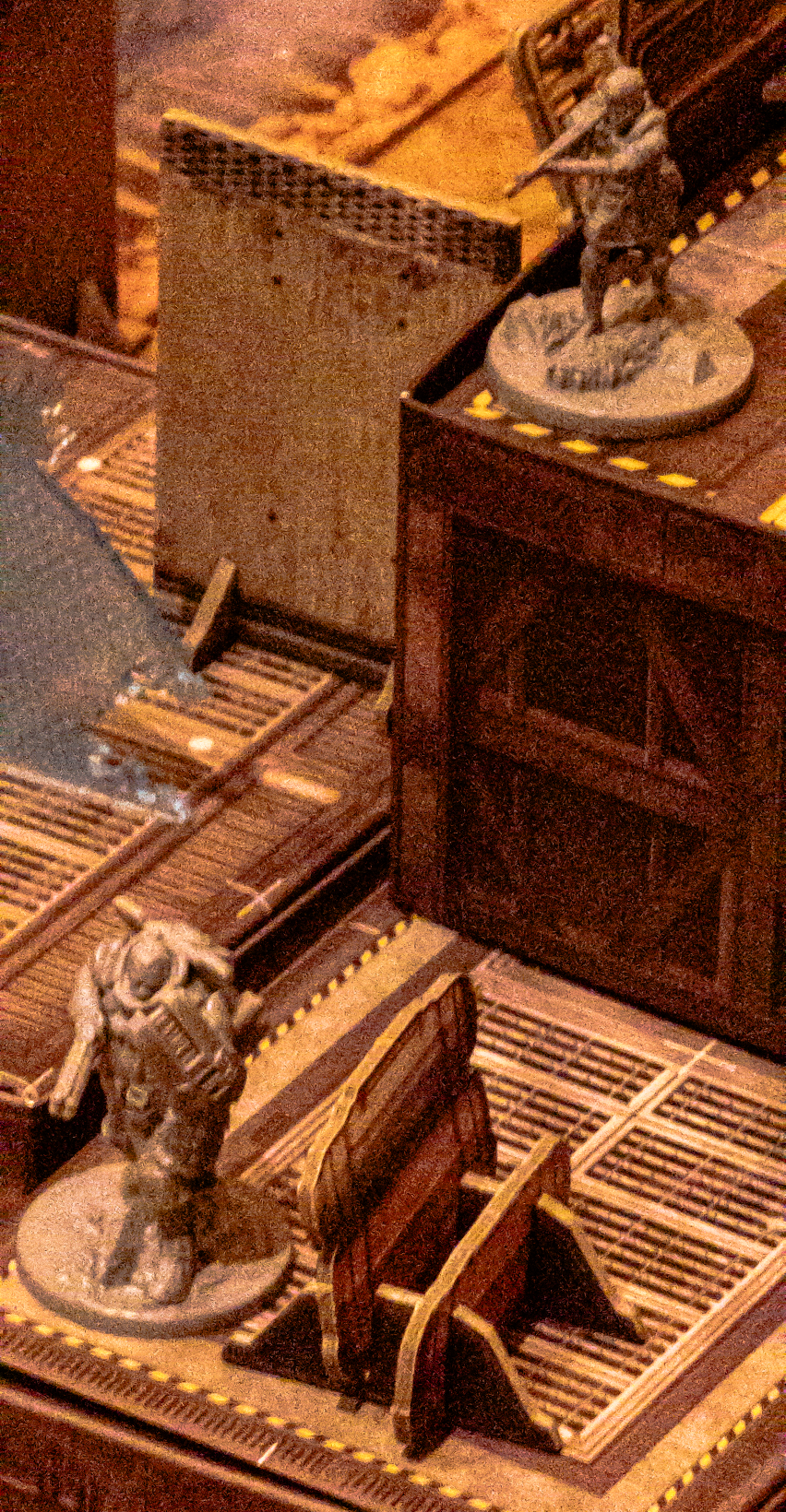
While playing Apex Legends: The Board Game, I was reminded of a particular class I took while I was in high-school and doing a summer game design program at the University of Southern California. We had been instructed on the benefits of paper-prototyping, about how it was not just faster than digital prototyping, but offered specific affordances, such as using real-world gravity to move objects, or utilizing the materiality of physical game pieces to adjust them mid-play. We were all then instructed to make a board game that, ideally, leaned into these physical affordances. But Overwatch had just come out, and every student in the class had been playing a bunch of Overwatch therefore almost every board game made by every group was just some take on “What if a hero shooter was also a board game”. I remember finding the board games I played that day fun, even if I remember nothing about them, but what I’ll never forget is overhearing what one TA said to another at the back of the room where they thought no one else could hear: “None of them have used the physicality of board games at all. They’ve all just made Overwatch: The Board Game”.
Apex Legends: The Board Game, to be clear, does not feel like a student project, assembled hastily from scraps over the course of an hour. Apex Legends: The Board Game feels like a highly polished, highly considered product, with incredible artistry and intelligent mechanics all resulting in a board game that I find genuinely quite fun to play, and one intend to try and play more of. But it is also cumbersome, in it’s storage, in it's set-up and in it’s play. At every turn, it seems to not so much take advantage of it’s medium as a board game, but rather find novel, sometimes intelligent, sometimes frustrating, ways to overcome the limitations of a board game: Physical buildings assembled from complex papercraft, bulging as they barely manage to maintain their shape; A plethora of incredibly complex rules requiring complex mathematics that players must remember and then execute on lest the game fly wildly off track; the simple decision to make the game almost unbearably large, almost inherently unplayable, just so it’s various pieces can exist at a scale that allows for the artistry and fidelity to appropriately awe.
Apex Legends: The Board Game succeeds in the material world in terms of that artistry, and succeeds in the ludic world in terms of executing on it’s inherent fantasy of translating a fast-paced first person shooter to a turn-based squad shooter. And that’s all fine, in many ways impressive, and in most ways was the point of the whole project. But at the end of the day what I think I want from a board game is the ability to just play with it: To bring it over to a friend’s place, or some convient middle space, to show it off to someone who I think might like it; to set it up quickly wherever is least disruptive for others, to move through the explanation of the game’s rules with speed and then to briefly re-explain them wherever there is friction, to experience fun and tension throughout the process of play, and to pack it all back up again with ease when our play is done. Apex Legends: The Board Game is not interested in providing any element of that fantasy, that fantasy of being a good board game. And that it is a difficult thing for a board game to lack.
